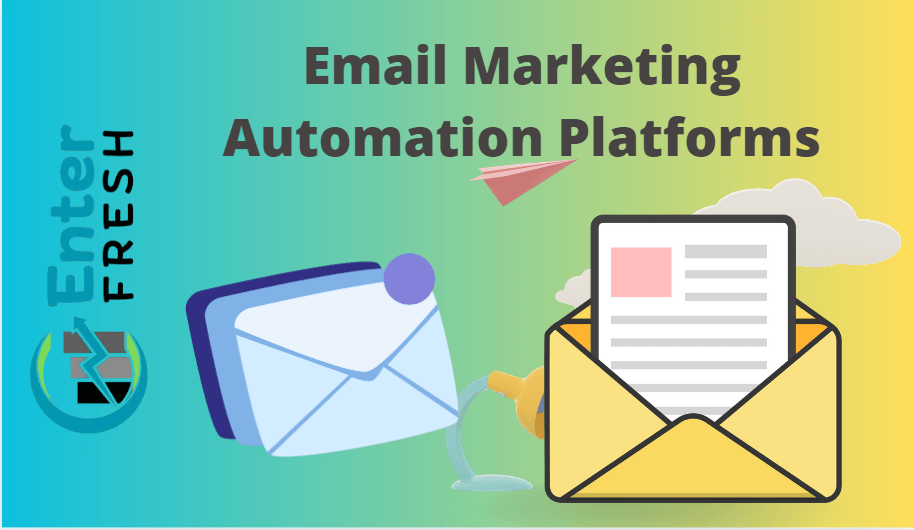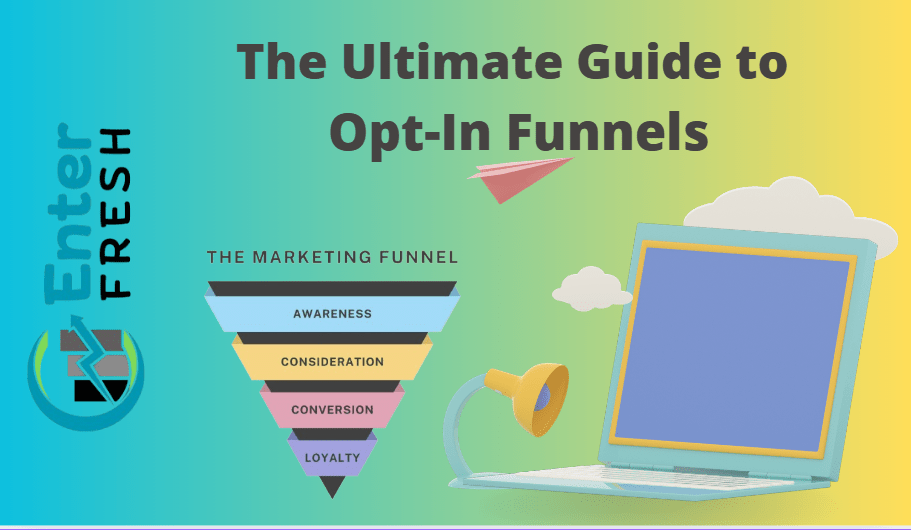In the digital marketing landscape, lead magnets are a game-changer. They help businesses attract potential customers, capture their information, and nurture relationships that convert leads into loyal customers. Whether you’re a small business owner, a marketer, or an entrepreneur, mastering lead magnets can significantly boost your sales and audience engagement.
In this comprehensive guide, we’ll explore what lead magnets are, why they’re essential, and how you can create ones that resonate with your audience.

What is a Lead Magnet?
A lead magnet is a free resource offered to potential customers in exchange for their contact information, typically an email address. It’s a way to entice visitors to engage with your brand while building a valuable email list for future marketing campaigns.
Examples of Popular Lead Magnets:
-
eBooks or Guides
-
Checklists
-
Webinars
-
Templates
-
Discounts or Coupons
-
Free Trials
Why are Lead Magnets Important?
-
Increase Lead Generation: They help capture contact information of potential customers.
-
Build Trust: Offering valuable resources for free demonstrates your expertise.
-
Grow Your Email List: Essential for email marketing and nurturing relationships.
-
Drive Conversions: Well-crafted lead magnets guide users down the sales funnel.
How to Create an Effective Lead Magnet
1. Understand Your Target Audience
Before creating a lead magnet, understand the needs, pain points, and goals of your target audience.
-
Conduct Surveys: Use tools like Google Forms or SurveyMonkey.
-
Analyze Data: Leverage analytics tools to gain insights into audience behavior.
-
Engage Directly: Interact with your audience via social media or forums.
2. Solve a Specific Problem
A successful lead magnet addresses a particular issue your audience faces. It should provide immediate value and be actionable.
-
Example: If you’re targeting small businesses, a “10 Steps to Boost Your Social Media Engagement” checklist could be highly relevant.
3. Keep it Simple and Accessible
Avoid overcomplicating your lead magnet. Ensure it’s easy to understand and quick to consume.
4. Choose the Right Format
The format of your lead magnet should align with your audience’s preferences.
-
eBook/Guide: This is for audiences who prefer in-depth content.
-
Template/Checklist: For users looking for actionable tools.
-
Webinar: For visual learners who value interactive content.
5. Optimize for Conversion
Your lead magnet needs a strong delivery mechanism.
-
Create a Landing Page: Design a high-converting page using tools like FunnelKit, Elementor, or Leadpages.
-
Compelling Call-to-Action (CTA): Use action-driven CTAs like “Download Now” or “Get Your Free Guide.”
Examples of High-Converting Lead Magnets
1. Free eBook: “The Beginner’s Guide to SEO”
-
Target Audience: Digital marketers or small business owners.
-
Format: PDF download.
-
Value: Offers actionable SEO tips to improve website rankings.
2. Discount Code: “15% Off Your First Purchase”
-
Target Audience: E-commerce customers.
-
Format: Code sent via email.
-
Value: Encourages immediate purchase while growing the email list.
3. Webinar: “How to Build a Sales Funnel in 30 Minutes”
-
Target Audience: Entrepreneurs and online business owners.
-
Format: Live or recorded webinar.
-
Value: Interactive learning experience that builds trust.
Promoting Your Lead Magnet
1. Use Social Media
Leverage platforms like Facebook, Instagram, and LinkedIn to share your lead magnet. Create engaging posts and use paid ads to boost visibility.
2. Optimize Your Website
Add pop-ups, banners, or a dedicated section for your lead magnet. Ensure your website is mobile-friendly to capture leads from all devices.
3. Email Campaigns
Promote your lead magnet to your existing email list. Use enticing subject lines to grab attention.
4. Collaborate with Influencers
Partner with influencers or bloggers in your niche to promote your lead magnet to a broader audience.
Measuring the Success of Your Lead Magnet
Key Metrics to Track:
-
Conversion Rate: How many visitors converted into leads?
-
Bounce Rate: Are users leaving your landing page without engaging?
-
Engagement Rate: Are users finding your lead magnet valuable?
Tools for Analysis:
Conclusion
Lead magnets are a cornerstone of effective digital marketing. By creating valuable, audience-centric resources and promoting them strategically, you can attract quality leads, build trust, and ultimately drive sales. Start experimenting with different types of lead magnets and refine your strategies based on data and feedback.
Ready to boost your conversions? Start creating your first lead magnet today!


